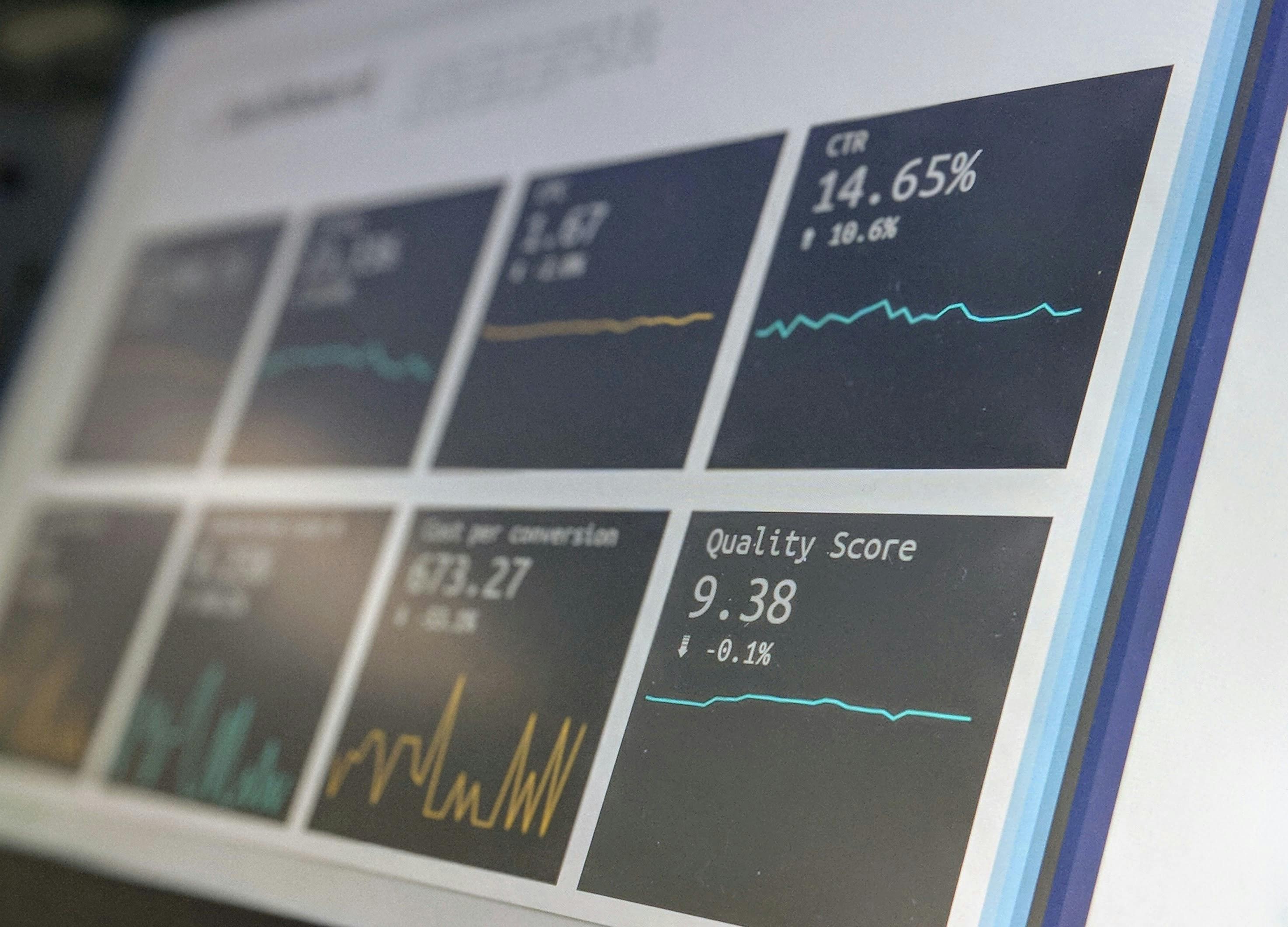Table of contents
- A Detailed Understanding of Data Science
- Roadmap to Learn Data Science
- Step 1: Get the Required Fundamental Technical Skills
- Step 2: Loving the Data
- Step 3: Practicing the Knowledge of Data Science
- Step 4: Learning How to Communicate the Insights
- Step 5: Learning from The Peers
- Step 6: Increasing the Difficulty Level Constantly
- Step 7: Added Skills Required to Be a Good Data Scientist
- Conclusion
Over the last decade, data science has been witnessing glorious and rapid growth, with several businesses searching for ways to use this concept for numerous operations. As a result, there is a sudden increase in the demand for data scientists, influencing people either to sharpen their existing skills or to change their careers altogether to make something out of this field.
According to Analytics India Magazine (AIM), the market size for analytics has surged to $45.4 billion (as of 2021), experiencing a whopping growth of 26.5% compared to 2020. Not just that, according to the Grand View Research report, it is also expected to rise at a CAGR of 26.9% until 2027.
Furthermore, as the investment for research and development increases, rapid technical advancement occurs across the market. Thus, when it comes to learn data science, you surely would not face a dearth of resources.

While the available resources help professionals to a great extent, it is easier for noobs to feel lost and confused. If you are standing in the same place, this post will offer a step-by-step roadmap to learn data science in the best possible way.
A Detailed Understanding of Data Science
Data science is the field that utilizes data to solve problems and bring value, impact, and insights to various organizations and companies. So far, this technological field has benefitted a broader range of disciplines and industries, including finance, education, healthcare, geology, e-sports, travel, etc.
However, to begin a full-proof career and to become a skilled data scientist, it is essential to have the following technical skills:
- Data collection
- Pre-processing of Data
- Data Analysis
- Statistical Analysis
- Visualizing data
- Machine learning
- Software engineering
- Programming Skills
Apart from these technical skills, being a data scientist also demands a handful of soft skills, such as:
- Perseverance
- Creativity
- Scepticism
- Business acumen
- Communication, etc.
Roadmap to Learn Data Science
Now that you have made up your mind to enter this complex yet equally exciting field refer to the below-mentioned step-by-step guide to frame an adequately fruitful career in data science.
- Get the Required Fundamental Technical Skills like popular programming languages, statistics, and machine and deep learning.
- Love the Data bigger data sets and get motivated
- Practising the Knowledge of Data Science
- Learning How to Communicate the Insights
- Learning from The Peers; professionals work from team to team while answering data questions for numerous parts of a company or organization.
- Increasing the Difficulty Level Constantly
- Added Skills Required to Be a Good Data Scientist
Now we will know more about them in detail:
Step 1: Get the Required Fundamental Technical Skills
Not just with data science, learning the fundamental, necessary skills for any career should be the first step to implement. As far as a data science course is concerned, here is what you would need to choose the best one:
A Programming Language:
Two popular languages to start learning data science are Python and R. There are multiple libraries and frameworks present for both to simplify the essential tasks of a data scientist.
R programming focuses more on statistical computing, whereas Python has a broader scope. Thus, learning Python is more recommended as it can be used in other areas as well, including web development.
All About Statistics:
This is also referred to as a building block of data science. Without a decent understanding of statistics, you might face a lot of difficulties in data analysis and interpretation. Statistics are necessary to explain the data and infer results about the provided data set.
Linear Algebra:
Data gets collected in various formats, including images, texts, sound waves, etc. But for performing analysis, it must be present in the form of numbers. It is not sufficient to just convert data to scalars. This is because, with increased data, operations on scalars automatically become inefficient. That is where the role of linear algebra comes into the picture to enhance computational efficiency.
Machine Learning and Deep Learning:
Machine learning and deep learning are two varying subfields of data science that allow computers to learn from the provided data without explicitly being programmed. Also, they make you understand the designing of algorithms based on neural networks. Thus, you must briefly understand both algorithms to perform data science operations efficiently.
Step 2: Loving the Data
As they say, excess of everything is bad. However, if you start loving the excess, you may change the game altogether. One of the most critical steps in the journey of becoming a data scientist is to love the data sets.
Data science is a broader field, and thus it requires more time and patience to understand all the concepts. And with a lack of motivation, it gets even more difficult. You must be motivated to continue the learning process even at midnight when the formula and concepts might start looking blurrier.
This motivation is not required in the form of inspiring quotes and speeches, but it must be there as your passion project to help drive your learning. Being adept with statistics and probability comes next. Still, the priority is to get the best online data science course and start a project to experiment with the concepts and start writing the codes to predict various changes in any market or analyze the data set.
This motivation is not required in the form of inspiring quotes and speeches, but it must be there as your passion project to help drive your learning. Being adept with statistics and probability comes next. Still, the priority is to get the best online data science course and start a project to experiment with the concepts and start writing the codes to predict various changes in any market or analyze the data set.
Step 3: Practicing the Knowledge of Data Science
When you begin to learn data science, apart from having brief knowledge of the technical skills, you must:
- Know how to clean the provided data set
- Practice the learnt algorithms which you learn
- Keep the quality in mind while keeping the quantity aside
- Know the libraries to implement various algorithms and their operations
While working on a project during the learning process, you get to practice the learned concepts to sharpen the expertise. Projects will be helpful to let you acquire the skills and immediately apply them for managing the data set whenever required.
The most preferred way to find the best data science project is to discover the type of data sets that holds your utmost attention.
Step 4: Learning How to Communicate the Insights
Being a data scientist, you will have to present your analysis results to others. As a part of communicating insights, you must understand the topic and theory well. Additionally, it also involves understanding the concept of organizing the results.
Therefore, you must be well aware of how to do this efficiently. Data analysis is mainly valuable in a business if you can convince people in your organization to act on your findings, meaning learning to communicate data.
Step 5: Learning from The Peers
You can learn a lot while working with others. When it comes to data science, teamwork plays a vital role in a job. Data scientists often work as a team to solve various problems. These professionals work from team to team while answering data questions for numerous parts of a company or organization.
Therefore, being able to collaborate is more essential for data scientists than for anyone else. Here is what you can follow for the same:
- Find people to collaborate with at the meetups
- Contribute to open-source projects and packages
- Connect with people who write exciting data analysis blogs
Step 6: Increasing the Difficulty Level Constantly
Are you comfortable with the project you are working on and well-versed with all the essential concepts? If yes, well, it is time for you to increase the difficulty level of the project.
Constantly increasing the level is essential for continuing the learning process and reaching out to the top. Here are the ideas to help you increase the complexity and difficulty level of your data science project.
You can choose any one or a combination of some to get yourself out of the comfort zone:
- Increase the size of the data set often
- Try to increase the speed and efficiency of the chosen algorithm
- Try scaling the algorithm for multiple processors
- Precisely understand the theory of the chosen algorithm
With this practice, not just you will get to learn something new with each passing day but also get a deeper understanding of the topic than before. In the end, you will have better expertise and boosted confidence.
Step 7: Added Skills Required to Be a Good Data Scientist
There are various additional abilities required to be a professional data scientist. Apart from the essential technical skills as mentioned priorly, there are a few more that you must add to your bucket list, such as:
- SQL and query writing
- Collaboration and workflow knowledge
- Information regarding git, command line, etc.
Adding these fundamentals to your skillset will surely help you land the most desired data scientist job.
Conclusion
Following the right steps to perform any task or learn any new technology effectively gets the right outcomes. As for learning data science, the roadmap mentioned above is perfect for helping you lay the initial stepping stones and move further while learning more and better.
Thanks for reading and I will see you in my next blog. Also, you can follow me here Twitter and Instagram.
